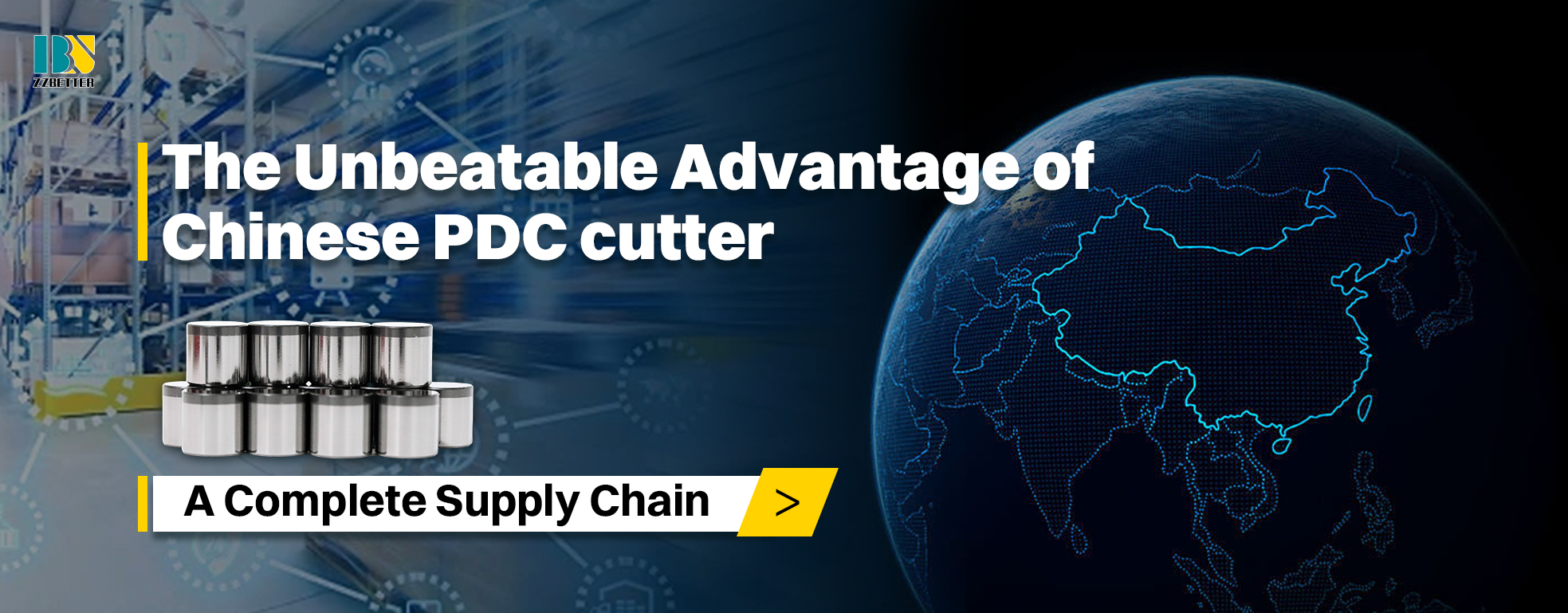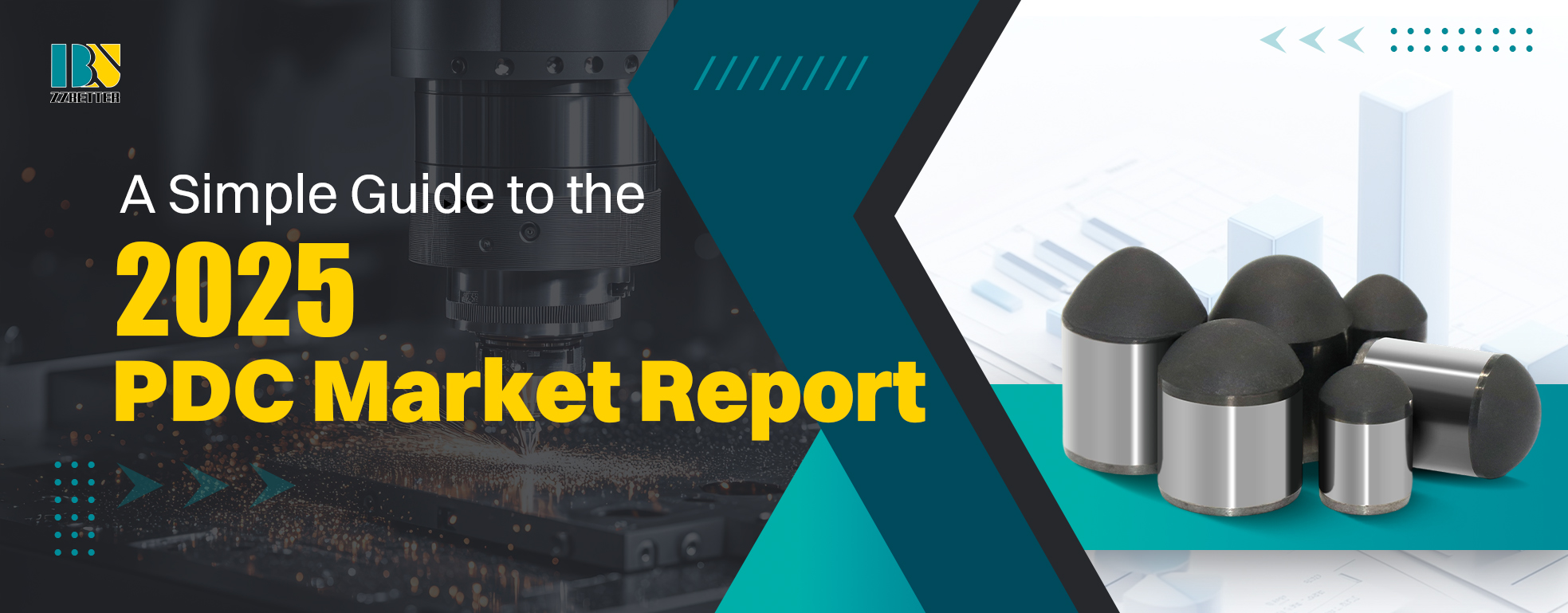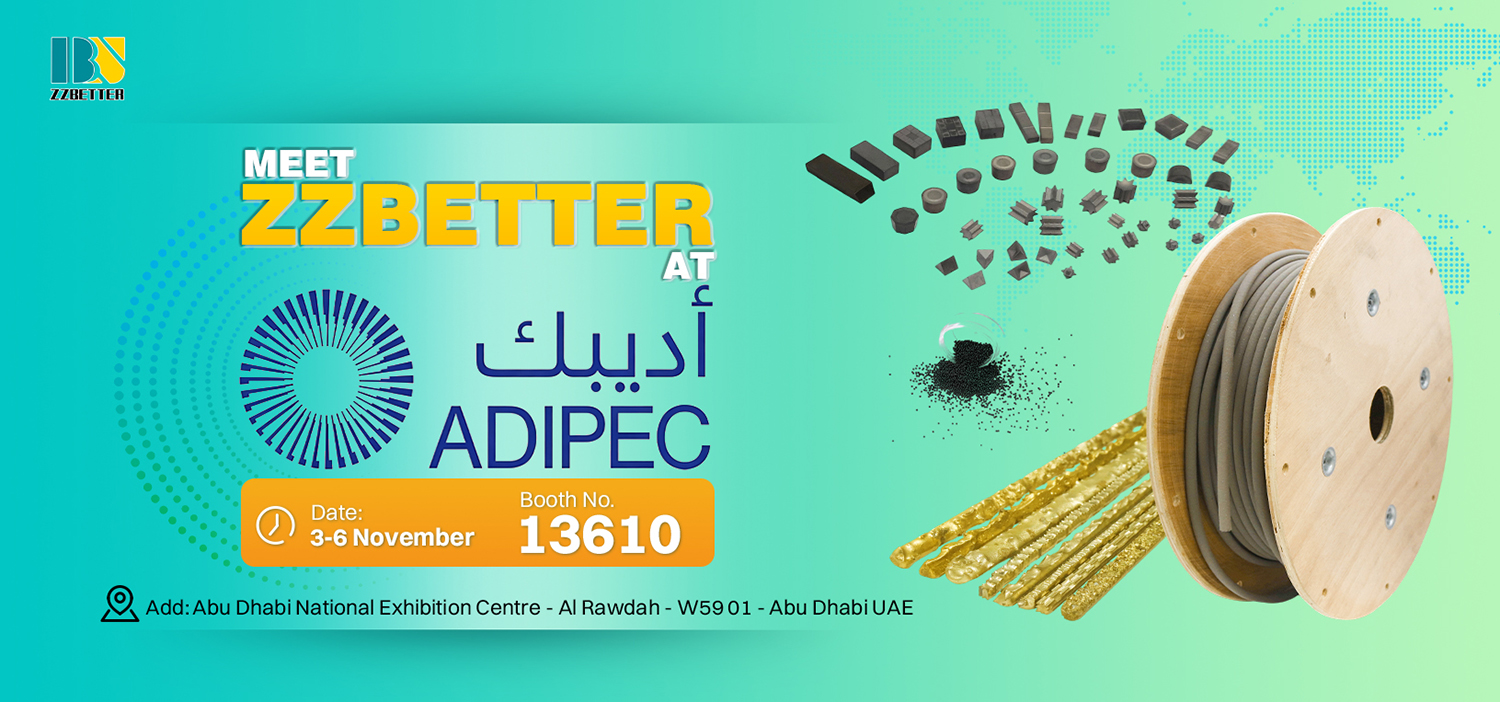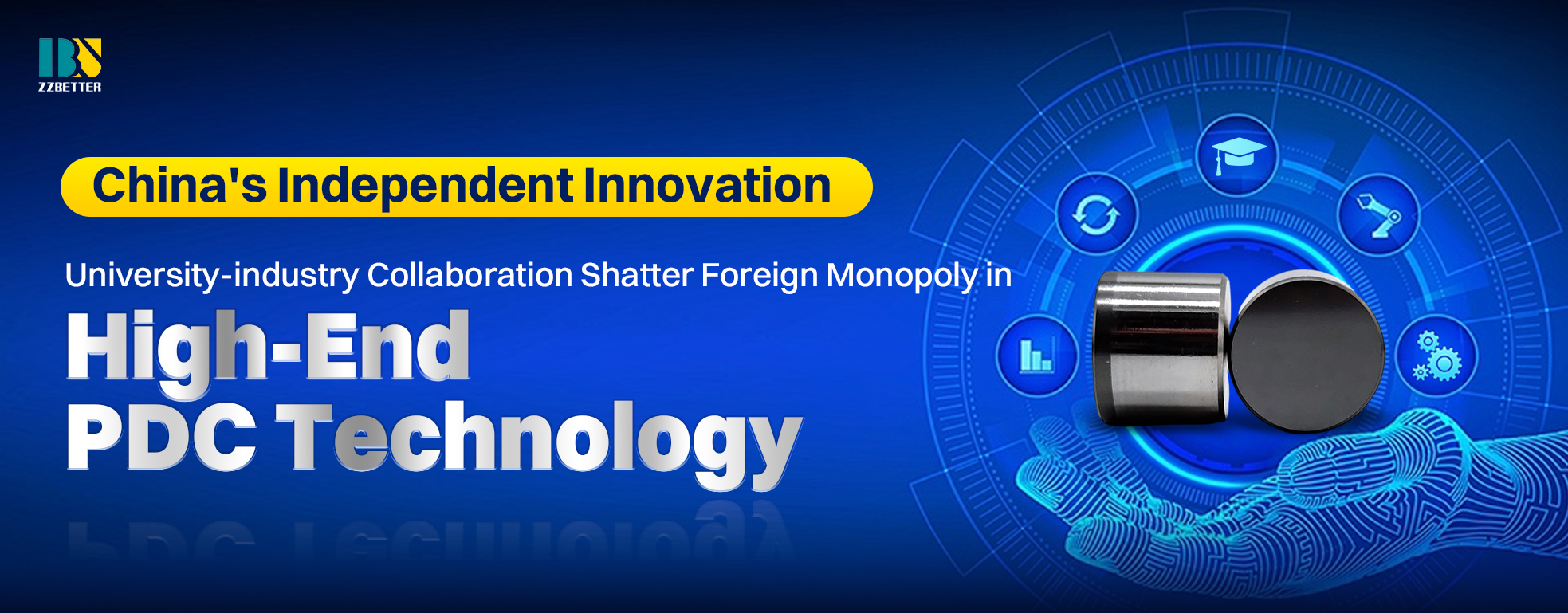
For decades, Polycrystalline Diamond Compact (PDC) has been an unsung hero in the oil and gas business. Its unmatched hardness and wear resistance made it the ideal material for the cutting elements on drill bits, allowing for effective excavation through the world's harshest rock formations. However, the narrative of PDC no longer starts and ends at the bottom of a well bore. Engineers and designers are already realizing its full potential in a variety of exciting new industries, pushing the limits of what this super-material can do.
The most significant expansion occurs in precision machining and manufacturing. PDC is transforming the instruments used to cut and shape modern materials. When cutting high-silicon aluminum alloys (which are commonly used in automobile engines), carbon-fiber composites, and reinforced polymers, traditional tungsten carbide tools wear out quickly. PDC-tipped tools, on the other hand, cut through these abrasive materials with ease and keep a sharp edge for far longer periods of time. This results in shorter downtime for tool changes, better surface finishes on machined products, and significantly lower per-unit costs for manufacturers. PDC inserts can be found in cutting tools on CNC machines and turning centers, as well as blades used to precisely trim sophisticated composite materials in aerospace.
Another rapidly expanding application is geotechnical drilling and building. As global infrastructure projects grow in scale, drilling through extremely difficult terrain for foundations, piling, and utility tunnels becomes increasingly necessary. PDC cutters are currently integrated into drill heads for Tunnel Boring Machines (TBMs) and large-diameter drilling rigs. Their capacity to grind through diverse ground conditions (abrasive sand, hard rock, and gravel) without requiring regular replacement makes large-scale projects more feasible and cost effective. Furthermore, customized PDC-based core barrels improve sample recovery rates in mineral prospecting, allowing geologists to collect more precise data.
Perhaps the most futuristic application lies in the field of renewable energy. The installation of large offshore wind farms requires drilling into the seabed to anchor massive turbines. This marine environment is exceptionally harsh on equipment. PDC-enhanced drill bits are proving essential for efficiently drilling through the complex and often abrasive subsea geology to create stable foundations for the green energy transition.
In conclusion, the journey of PDC is a powerful example of technology transfer. Born from the extreme demands of deep-earth energy extraction, its incredible properties are now driving progress and innovation on the factory floor, at construction sites, and in the pursuit of clean energy. As manufacturing techniques advance, allowing for more complex shapes and larger sizes, the application horizon for this remarkable diamond composite will continue to expand far beyond its original purpose.


















